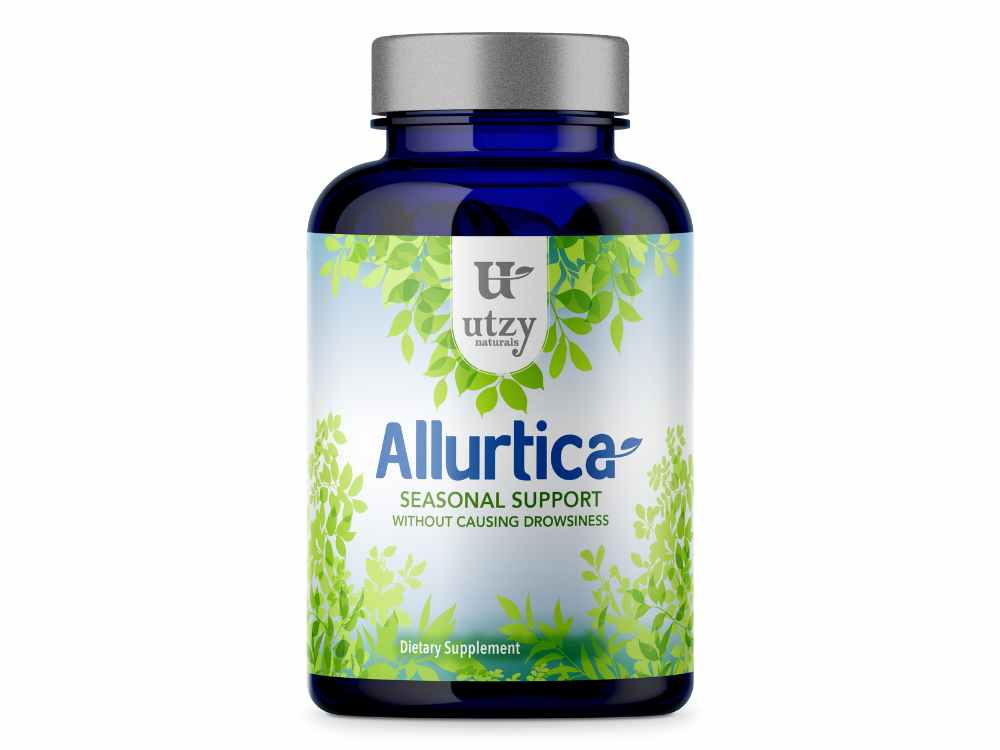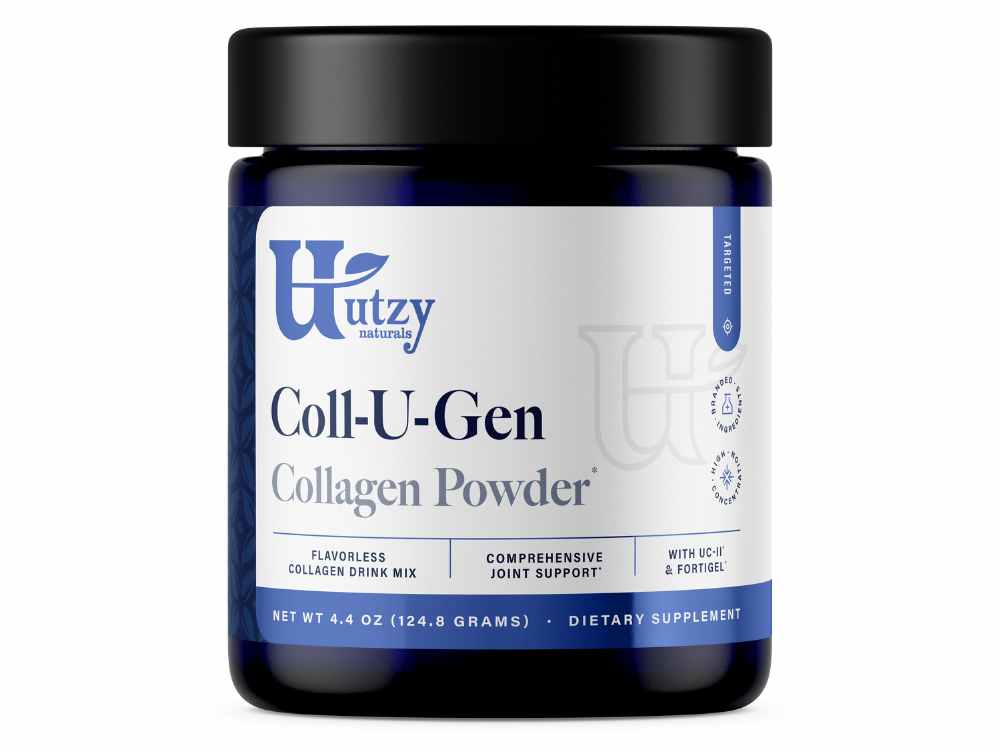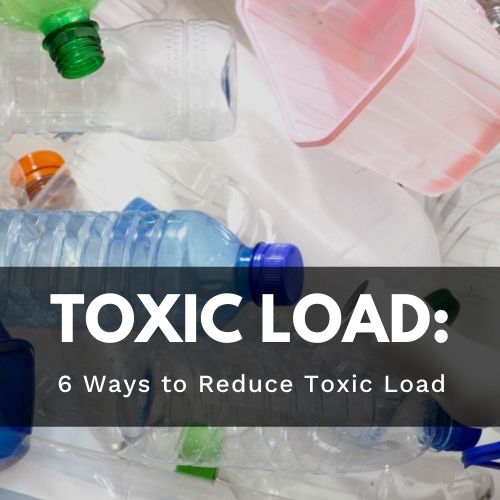Your Cart is Empty
Quality
Quality Assurance
At Utzy, we are committed to setting—and meeting—high-quality standards. Owning our own manufacturing facility allows us complete control of the product creation process. We have a full staff of over 20 quality assurance members who focus solely on maintaining the integrity of the products we produce. With more than 140 written SOPs (Standard Operating Procedures) covering everything from raw material testing to proper storage of finished product; we have complete control and documentation of the entire production process.
Two of the main points that separates Utzy from the rest of the industry is our in-depth ingredient testing policy and our vendor qualification program.
Vendor Qualification
Before we can receive an ingredient into our facility, we must source the ingredient from an approved ingredient vendor. One of the key things that separates companies within the dietary supplement industry is which ingredient vendors they choose to work with. It is common in the industry to work with disreputable vendors based out of India and China due to the cheap pricing and materials that these companies can supply.
At Utzy, we refuse to work with low grade material. We work only with top tier vendors, with the majority of them being located in the US and Europe. Our vendors must pass through a lengthy audit process before they are approved for use. We do all of this to ensure that you get the safest and purest supplements available.
Product Testing
Product testing is testing that is done to ensure that a finished good is pure, potent, and safe. To ensure the safety of a product, in-depth testing must be done on each ingredient that goes into that product. For Utzy, we test each ingredient in 5 key areas before we use it in our products, if an ingredient fails one of these tests, it is rejected for use in our facility:
- Identity
Below are common Identity Testing protocols that we will use for ingredient testing
- FTIR (Fourier Transform Infrared Spectroscopy)
- Performed on amino acids, vitamins, mineral chelates
- HPTLC (High Performance Thin Layer Chromatography)
- Botanicals and botanical extracts
- DNA Sequencing (Sanger Sequence and Next Generation Sequencing)
- Purity
Below are common Purity Testing protocols that we will use for ingredient testing
- USP monograph testing on USP Grade materials (These raw materials are noted on the SFB)
- Specific Rotation
- Anisidine and Peroxide (specific to fish oil)
- Strength
Below are common Strength Testing protocols that we will use for ingredient testing
- ICP-OES (Inductively Couple Plasma-Optical Emission Spectroscopy)
- Mineral potencies
- GC (Gas Chromatography, various detectors used)
- Oils (Fish oil), Essential oils
- HPLC (High Performance Liquid Chromatography, various detectors used)
- Vitamins, Amino acids, Coenzyme Q10, Natural Products
- Composition
Below are common Composition Testing protocols that we will use for ingredient testing
- Moisture
- Reduce chances of rancidity and improve stability.
- Density
- Material or product dependent to ensure uniform and consistent blending.
- Particle Size Distribution
- Material or product dependent to ensure uniform and consistent blending.
- Limits on Contaminants
Below are common Contaminant Testing protocols that we will use to ensure that our products are safe
- ICP-MS (Inductively Couple Plasma-Mass Spectroscopy)
- Arsenic, Cadmium, Mercury, Lead on highest risk raw materials typically minerals, botanicals and botanical extracts
- GC-FID, GC-MS
- Pesticides on botanicals and botanical extracts
- Residual Solvents on botanical extracts.
- Pathogen and yeast and mold screening
- E. coli, Staphylococcus aureus, and Salmonella screening on highest risk raw materials, typically botanicals and botanical extracts






